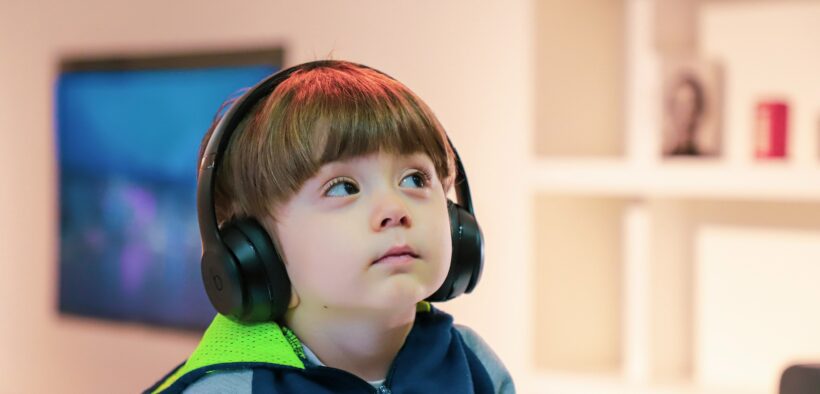Share

The recent Federal election result came as a shock to some. The size of the swing away from Liberals and the rise of independents weren’t anticipated in many of the pre-election polls.
During any election campaign, we can hardly ever predict the true outcome until the votes are in. But for those with ears and eyes on social media, it wasn’t such a surprise. Learning to eavesdrop on social can help exponentially. Social posts revealed the outcome well ahead of polls closing. This should turn all media campaign strategists’ attention to social media as a real-time alternative to polling. It has become a good indicator of voter preferences in future.
News and social paint a very different picture
When it came to traditional news coverage before the election, there was far higher negative sentiment towards Labor. Labor also received more positive coverage than the Liberals, but negative coverage was over three times as high.
On social media it was a completely different story. Meltwater analysis of over half a million social posts across Facebook, Instagram, Twitter, TikTok, Pinterest YouTube and Reddit found a completely opposite picture.
Positive sentiment on social towards Labor was much higher than negative sentiment (44 percent vs 23 percent). For the Liberals, negative sentiment was overwhelming. Half of all social posts and messages regarding the Liberal party were negative. Just 13 percent showed positive sentiment.
Interestingly, 60 percent of positive posts for Prime Minister Anthony Albanese came from a male audience. When social media data in the lead up to the election showed Labor had a slightly higher women-oriented preference at 51 percent. This compared to the Liberals with a more definite male-oriented preference of 55 percent.
Different channels, different demographics
This election season, social media has been an interesting political battleground. We’ve seen debate commentary play out in real-time across Twitter. Campaign fumbles were quickly interpreted and parodied on platforms like TikTok.
When it comes to reaching the right audience, it’s important to consider which channels people are most engaged with. This ensures you’re talking to the right groups.
During the course of the election campaigns, it was noted that the most politically engaged Australians are five times more likely to use Reddit and Twitter than the general population.
But voters’ political party preference also reflected different social usage patterns. Greens voters are four times more likely to be using TikTok. Labor voters are five times more likely to be using Facebook. Liberal voters are four times more likely to be using LinkedIn.
It’s also not the case that these are just younger demographics. In fact, younger people were overall less engaged in the election than other topics on social media. Eighteen to 24-year-olds usually make up roughly 35 percent of posts on social media. However, they only represent 20 percent of social media posts related to the election.
Election polls a very murky crystal ball
Various pre-election polls did slightly better than previous years. In the 2019 election they all picked the wrong result. However, they still weren’t very accurate.
The major polls all picked the correct winner, but only Resolve got the primary gap correct. Although as recently as April, Resolve had tipped a Coalition victory. This was all despite the hugely negative sentiment buzzing on social.
As the electoral campaign was a prolonged one, voter fatigue kicked in and it was much harder to sustain messaging. Both major parties saw dips in their primary vote preference as time progressed. Although it was once again interesting to see how the Labor party overtook the Liberal party’s social conversation once the Labor campaign launched on 1 May. The party continued to dominate in social presence.
Why a more holistic approach is critical
Using this year as an example, it is clear that news insights must be consumed in tandem with social data. This will help to understand a more accurate picture.
We can’t just look at individual platforms in siloed environments. Taking traditional news coverage at face value would have made it look apparent that the Coalition government were going to win.
It’s also important to meet target audiences where they are, and identify where you can cross into new audiences: getting an understanding of the demographics that you want to target versus demographics that you might already be targeting, to maximise the visibility of your message and take the broader conversation into account to understand how it will inform our communication strategies.
It may not yet be just a social media game, but it is crucial to integrate and consider those insights in any campaign by taking on a more holistic approach – whether it’s an electoral or general brand campaign.
Tim O’Rourke is the director for client success in Australia, Meltwater.















